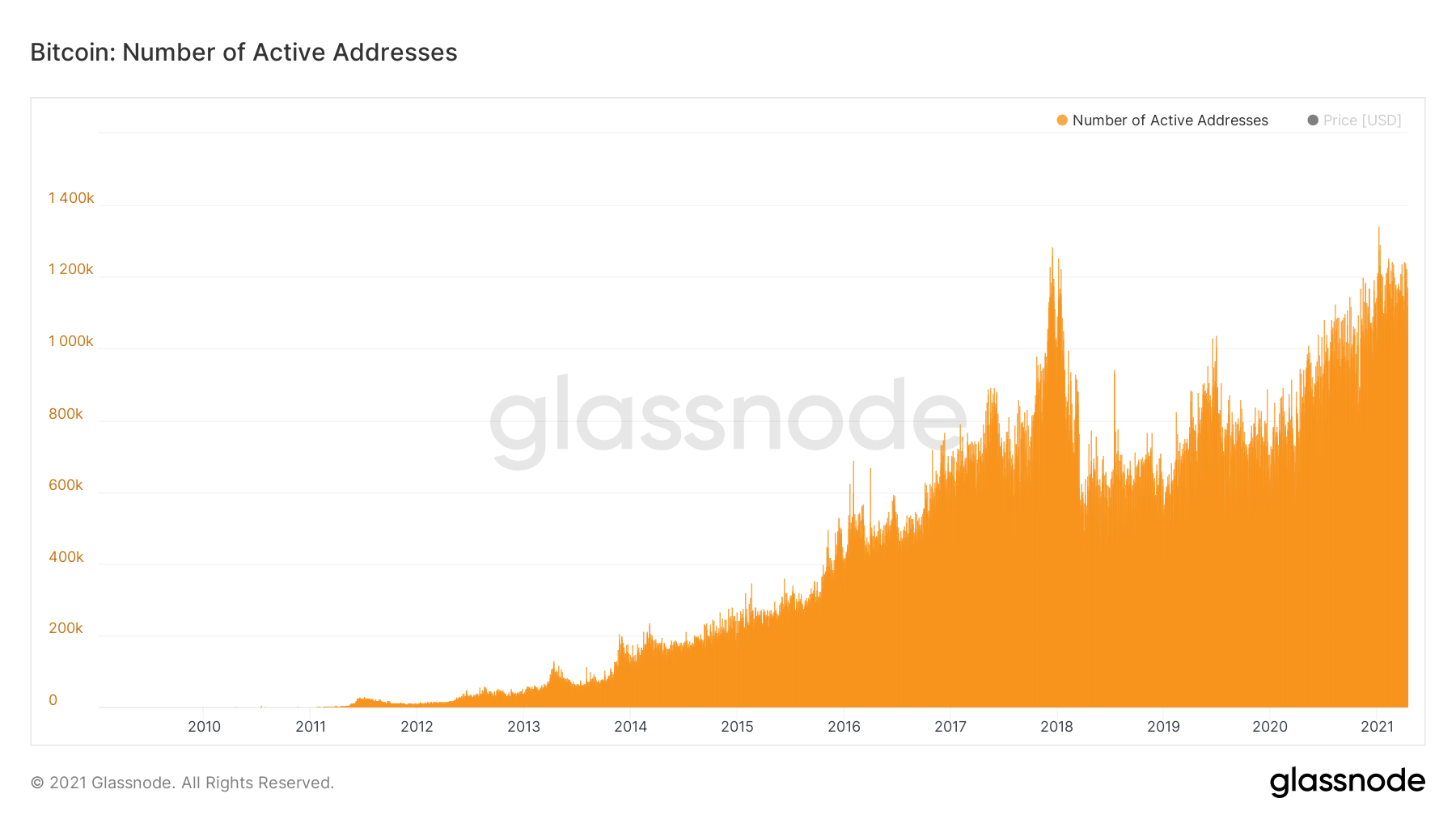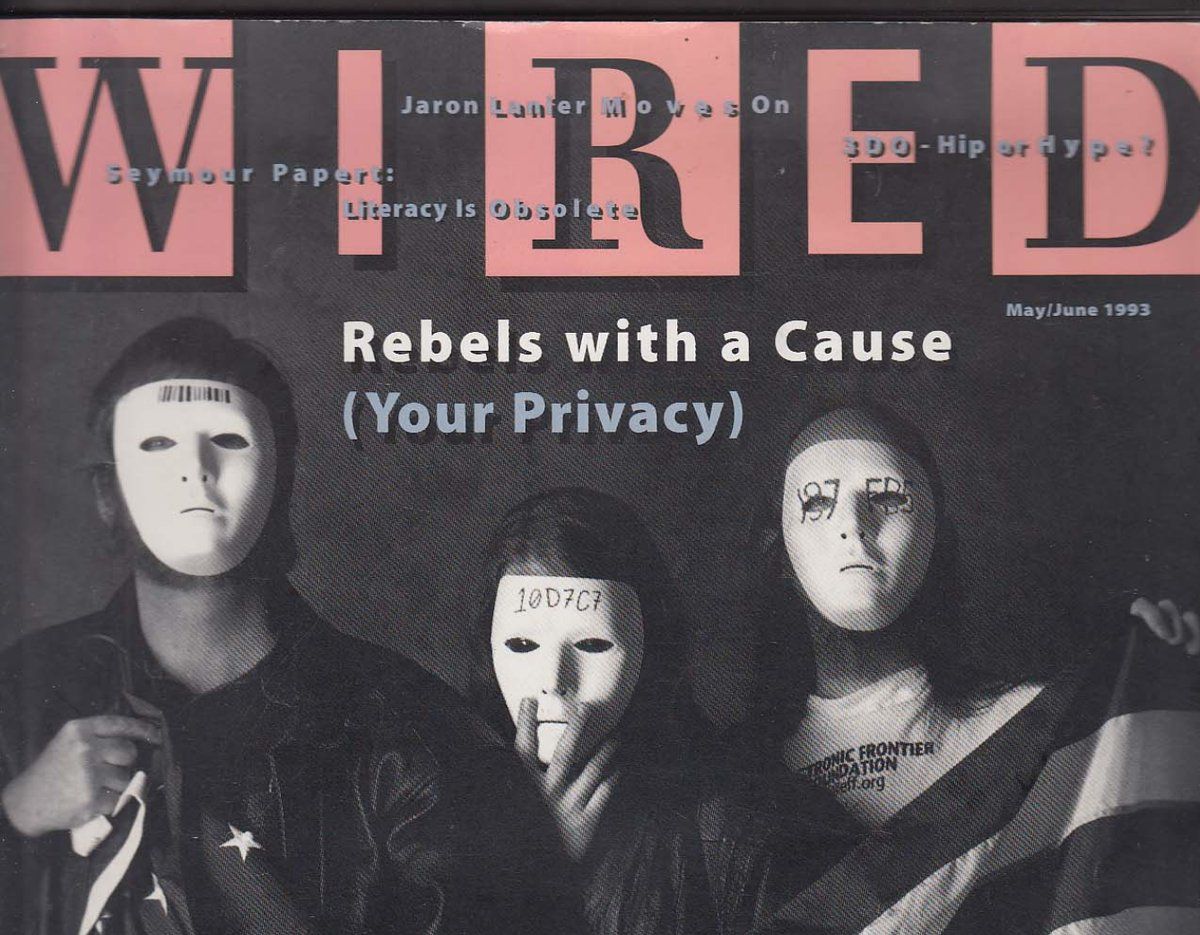The 7 Primal Elements Of The Bitcoin Brand
In this article, I argue that one of the main reasons for bitcoin's success dwells on something that resonates with us humans on a much deeper level: the primal elements of its brand, which combined turn it into a belief system.

People tend to be dismissive about new forms of money.
This makes absolute sense, since the value of a monetary asset resides massively in the fact that other people are already using it.
In this sense, any attempt of introducing a new form of money into the world has very slim chances of succeeding.
In modern world history, countries have had the monopoly over any sort of money creation initiatives. Just imagine how everybody would react if a new monetary asset would show up... An asset that is not even backed by a nation state... The chances of its success are even slimmer.

So, how could bitcoin have grown so fast in just 10 years?
There are several answers for that. Most of them emphasize Satoshi's genius of putting together different technologies in a very unorthodox way.
However, due to my History degree and interest in anthropology, I would like to focus on something that has nothing to do with the technical aspects.
In this article, I argue that one of the main reasons for bitcoin's success dwells on something that resonates with us humans on a much deeper level: the primal elements of its brand, which combined turn it into a belief system.
The idea that some brands are actually belief systems comes from Patrick Hanlon. I first learned about while watching his TED talk:
For those who have not watched it, the following quotes of Primal Branding will help you understand the core proposition:
'All belief systems have seven pieces of code that work together to make them believable. The more pieces, the more believable the belief system becomes. When products and services have all seven pieces of code (the creation story; the creed; the icons; the rituals; the pagans, or nonbelievers; the sacred words; and the leader), they become a meaningful part of our culture.'
'The seven pieces of primal code create together a sustainable belief system that provides the unarticulated, intangible emotional glue that attracts people and helps them feel that they belong. This sense of belonging manifests itself in evangelist tribes, cults, members of political parties, product geeks and enthusiasts.'
Now that we know what primal branding is about, let us examine how each one of these elements are expressed in the bitcoin brand.
1) Story

Satoshi Nakamoto was the pseudonym used by bitcoin's creator. No one knows his real identity, and we will probably never know. His anonymity and sudden disappearance fascinates people and attracts a lot of media attention.
Satoshi envisioned a new kind of monetary network with almost no chance of working out. All the previous attempts to achieve something similar to that had failed.
He sought help in a cryptography mailing list, one of the few places where he could obtain help and be understood. Even there, he would face harsh criticism and disbelief.
One of the few supporters was Hal Finney, who died of sclerosis a few years later. During almost two years, bitcoins were exchanged back and forth between curious users. These coins were often given away in 'bitcoin faucets' and had no market value.
Such humble beginnings are a source of inspiration and motivation for its enthusiasts.
2) Creed

Bitcoiners have this shared belief that every person can be their own bank, and that no government or entity can mess with the monetary policy of the bitcoin network. For them, bitcoin is the native money of the internet. Secure, borderless, neutral, and censorship-resistant.
The believers feel compelled to get together, and share the good news of bitcoin with their family and friends.
This doctrine is deeply rooted in the cypherpunk ethos, which can be summarized in the following quote:
'The computer can be used as a tool to liberate and protect people, rather than to control them.'
- Hal Hinney
3) Icons

The orange ₿, alongside with the physical Casascius coins have been used extensively as symbols for this new internet money. These are the iconic and somewhat static representations of bitcoin culture.
But a much more vibrant and dynamic expression of bitcoin-related ideas are found in the internet memes. Usually shared on social networks, these are usually meaningful just in relation to specific news or to opinions uttered by public figures, for example.
4) Rituals

Bitcoiners celebrate special occasions through meetups and over the internet.
The first one is January 3, 2009, the day when the Genesis Block was mined by Satoshi Nakamoto. This is the official birth of the Bitcoin Blockchain.
The second special day is May 22, 2010, also known as Bitcoin Pizza Day. On this day the first real world purchase in bitcoin was carried out by Lazlo Hanyecz. He bought two supreme pizzas for the amount of 10,000 bitcoins ($63.050.000 as of April 13, 2021).
However, without any doubt, the most important ritual is the halving.
The issuance of new bitcoins occurs in accordance with a fixed schedule. These fresh minted coins are paid to the miners, which are the computers that assure that the blocks attached to the blockchain are legitimate. To perform this work, miners must spend a huge amount of energy. In order to keep the total supply under 21 million units, the reward paid to the miners is automatically cut in half every four years.
Users and investors from all over the world celebrate the halving. Their voluntary sacrifice respects the system's hard-coded monetary policy and maintains the enforcement of the protocol rules.
5) Sacred Words

UTXO, blockchain, proof-of-work, private keys...
These are some of the weirdest words that distinguish outsiders from those who belong to the tribe. If you want to be part of this group, you need to learn what these complicated expressions mean.
Just do not forget that they make sense in the context of cryptocurrencies and nowhere else.
6) Pagans

Every hero needs a villain. For the bitcoin community, the bad guys are the bitcoin bears.
Peter Schiff, Nouriel Roubini and Paul Krugman are some of the most famous.
One of the favorite activities of the bitcoin toxic maximalists is combating anyone who claims that bitcoins will certainly collapse.
These hardcore bitcoiners often behave like a mob on social media. They even build websites entirely dedicated to ridicule the haters:
7) Leader

Satoshi could enjoy everything that most of us search in life: fame and money. He is responsible for creating the first decentralized electronic monetary system in the world. And this is a big deal.
But he chose the path of self-sacrifice.
Instead of becoming world-famous, he remained anonymous. And instead of becoming one the 20 richest people on Earth, he decided never to touch his coins.
His pain made bitcoin origins immaculate. That is something that no other cryptocurrency can imitate.
Conclusion
Coming to an end, if we really want to understand bitcoin, we should not approach it as a pure technological transformation, but rather as a cultural phenomenon.
As Yuval Noah Harari states in the book 'Sapiens', we humans have this unique ability of mobilizing tribe members towards a common goal. Unlike other animals, we can do this with larger number of individuals and in a flexible way. The belief in shared ideas is what makes this possible. The whole world around us is built upon our collective faith in ethereal concepts like 'democracy', 'civil rights', and 'the government'.
In the same way, every monetary system is supported by the collective faith people have in it. This means that we are all witnessing a huge paradigm shift. For the first time in human history, people from all over the world are deciding to put their faith in a decentralized platform for storing and transferring value.
In a completely spontaneous and leaderless process, bitcoiners turned the cold content of a technical whitepaper into a vibrant social movement. This is the secret sauce that made bitcoin spread like fire.
The Voicepaper is a collaborative video recording of the Bitcoin whitepaper narrated by Bitcoiners. Each contributor recites a section from Satoshi’s document and pay their respect to what and who started it all.
This project is first and foremost a celebration of the Bitcoin community, of its strength and unity, as well as its broad diversity in backgrounds, origins and aspirations. It is a statement that Bitcoin belongs to everyone, and that the meaning of the “Vires in Numeris” motto is contextually as computational as it is human.
Here's the audio version of version of the article published by the Bitcoin Magazine:
